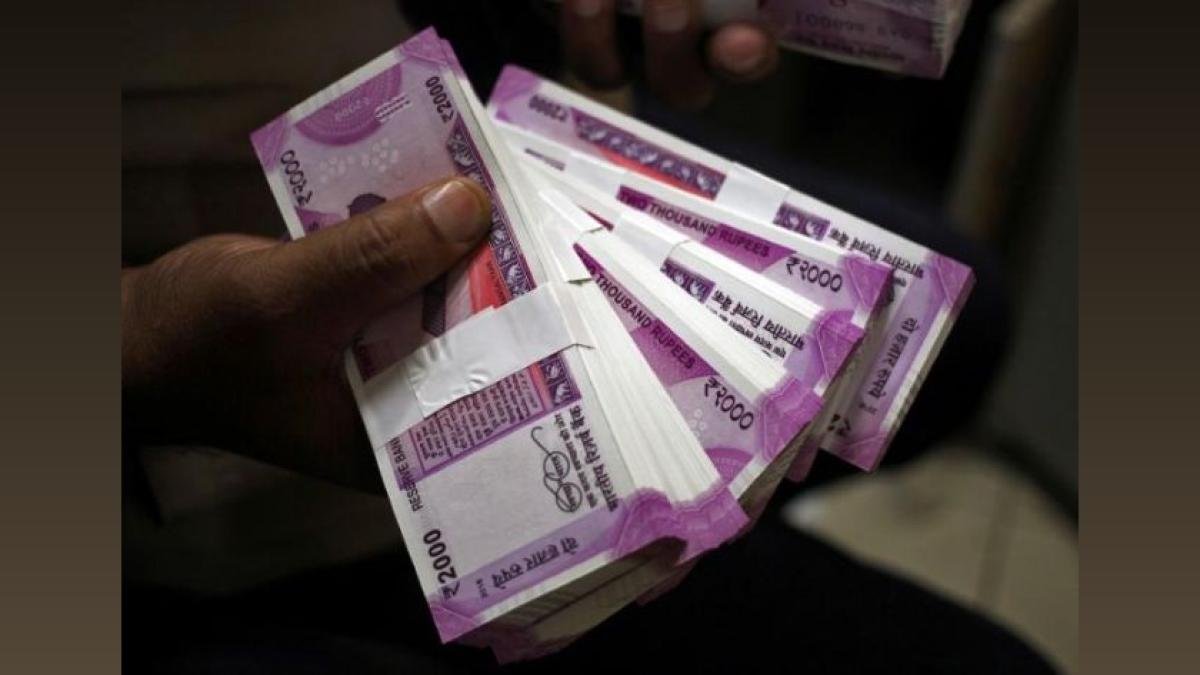Trump’s steep tariff warning puts India’s key exports at risk, with copper facing a 50 per cent duty and pharma staring at a possible 200 per cent hit.
US President Donald Trump has announced a steep 50 per cent tariff on copper imports and signalled that pharmaceutical products could face duties as high as 200 per cent within the next year. With an August 1, 2025 deadline for exemptions or trade settlements, for India one of the most globally integrated suppliers this move presents sharply divergent challenges. India has not yet received a formal tariff notice, unlike several other countries, but Trump’s statement makes clear that the clock is ticking. And if trade talks falter, the cost for Indian exporters could be severe.
Copper hit manageable, but India must pivot fast
India exported nearly USD 2.1 billion worth of copper and copper products globally in FY24, of which USD 360 million roughly 17 per cent went to the US, according to Ministry of Commerce data.
While the US is India’s third-largest copper export destination after Saudi Arabia (26 per cent) and China (18 per cent), the overall impact of the 50 per cent tariff may be muted due to two reasons: India’s diversified copper market and rising domestic consumption. Copper demand is expected to grow within India itself driven by the energy transition, EV manufacturing and infrastructure spending under schemes like the National Infrastructure Pipeline.
Still exporters currently reliant on US orders will need to recalibrate quickly. Traders are already exploring additional routes into Latin America and Southeast Asia. India’s import dependence on copper concentrate following the closure of Vedanta’s Tuticorin smelter also means the country is simultaneously a buyer and seller providing a limited hedge against global copper shocks.
Pharma tariff threat could derail India’s top export engine
The bigger concern lies in Trump’s threat to impose up to 200 per cent tariffs on pharmaceutical imports after a grace period of “a year to a year and a half”. India exported USD 9.8 billion worth of pharmaceutical goods to the US in FY25 up from USD 8.1 billion in FY24 making it India’s largest overseas market and accounting for around 40 per cent of total Indian pharma exports.
Indian firms dominate the US generics market supplying low-cost drugs that keep healthcare costs down. But those very margins make the sector highly vulnerable to cost shocks. A 200 per cent tariff even if introduced in stages would make Indian generics uncompetitive especially for smaller and mid-sized manufacturers.
Industry experts say most Indian exporters will not be able to absorb or offset the tariff impact which could lead to market exits and disruptions in the US healthcare system. Larger companies like Sun Pharma, Cipla and Dr Reddy’s may consider shifting some manufacturing to the US, but that is a costly and complex process due to stringent FDA regulations and infrastructure requirements. Pharmaceutical exporters are already pushing for India’s ongoing trade talks with the US to prioritise exemptions or phased enforcement particularly for essential and life-saving drugs.
Trade talks hold the key
India is in the final stages of negotiating a mini-trade deal with Washington. Trump has indicated progress saying, “We’re close to making a deal with India,’ but also warned that the August 1, 2025 tariff deadline “will not be extended”.
The US has already issued formal tariff notices to countries like Japan, South Korea, Bangladesh, Cambodia and South Africa listing product categories and duty rates. The absence of such a letter to India so far reflects the advanced stage of bilateral trade talks but the window is closing fast.
Ripple effects: Currency, markets and diplomacy
The Indian rupee slipped to INR 85.84 per dollar in early trade following Trump’s statement as investors weighed the likelihood of tariffs and their impact on foreign exchange inflows. Indian pharma stocks fell between 2 to 4 per cent in intraday trading on July 8, before partially recovering on reports that the implementation would be delayed. The broader equity markets remained largely flat, suggesting that investors are waiting for clarity on whether the trade deal will come through before the August 1 deadline.
India’s strategy
In anticipation of a tighter US trade environment, India is already looking to deepen pharma export partnerships with Latin America, Africa and ASEAN countries. These regions with rising healthcare needs and less complex regulatory frameworks offer headroom for market expansion. At home, India is likely to double down on its Production-Linked Incentive (PLI) schemes for APIs and formulations as well as encourage investment in high-value segments such as biologics and biosimilars. Policy planners are also considering tax rebates, easier land access for pharma clusters and speedier drug approvals to make up for potential US losses.
If India can close its trade deal with the US before the August 1 deadline, it could secure exemptions or a phased tariff rollout. Pharma may get preferential terms given its essential nature in US healthcare supply chains.







